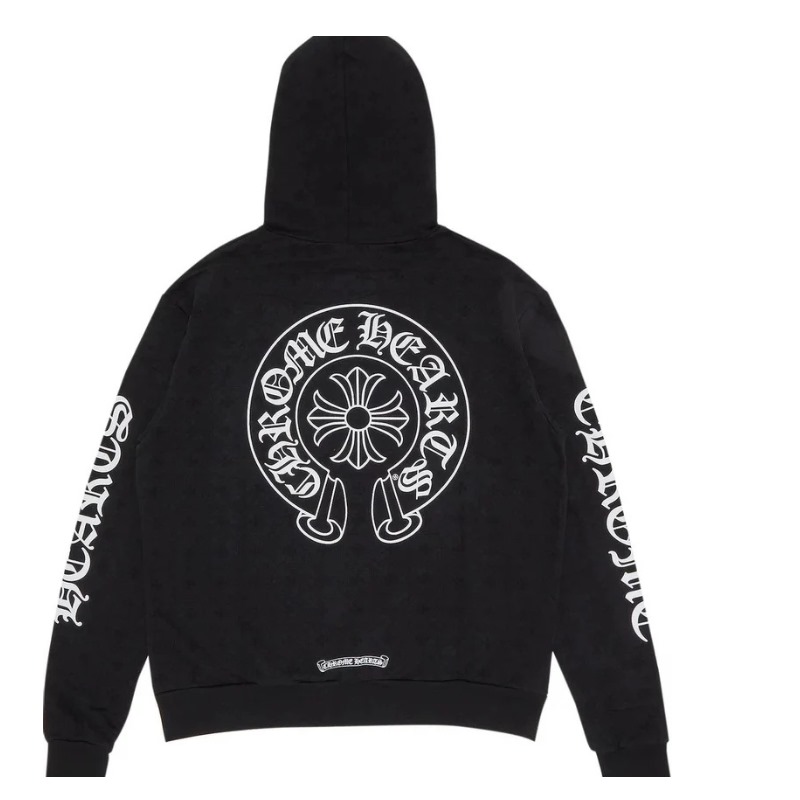Hell Star: A Deep Exploration into Culture, Fashion, and Symbolism

The Rise of Hell Star
In the modern era of fashion and cultural identity, certain brands and concepts go far beyond the realm of clothing. They become symbols—representing rebellion, individuality, and self-expression. Hell Star is one such name that has transcended simple fabric and stitches. It carries with it an aura of mystery, edge, and creative vision that speaks to a generation unwilling to be confined by tradition.
The name itself—Hell Star—instantly captures attention. It merges the darkness of “Hell” with the cosmic brilliance of a “Star,” producing a paradoxical image that resonates with the duality of human nature: light and dark, hope and chaos, beauty and destruction. This powerful imagery makes Hell Star more than just a brand—it becomes a lifestyle, an idea, and a statement.
In this article, we will dive into the essence of Hell Star, tracing its cultural roots, fashion aesthetics, artistic value, and its impact on both streetwear and identity.
The Philosophy Behind the Name
When you first hear the term “Hell Star,” it almost feels like a clash of extremes. Yet, this is the very essence of what the brand or concept represents. Life is never one-dimensional—it is a mix of light and shadow. By embracing this duality, Hell Star reflects a deeper philosophy.
For some, the “Hell” aspect signifies rebellion, destruction of norms, and a fearless confrontation with life’s struggles. For others, the “Star” embodies light, hope, and a sense of limitless potential. Put together, Hell Star conveys the idea that greatness can be born out of darkness—that true identity emerges when we accept both sides of ourselves.
This philosophy is not only powerful but also deeply relatable, especially to the youth of today who often feel caught between societal expectations and personal freedom.
The Visual Identity of Hell Star
Every successful cultural movement or fashion label needs a distinct identity, and Hell Star achieves this through bold visuals. Whether it’s seen on clothing, logos, or promotional designs, the imagery often revolves around fiery stars, cosmic symbols, gothic fonts, and abstract art that feels raw yet mesmerizing.
Unlike traditional fashion branding that leans heavily into polished aesthetics, Hell Star deliberately embraces imperfection. Rough textures, hand-drawn elements, and experimental artwork all add to its authenticity. The visuals give off a sense of underground energy, aligning with punk, metal, and streetwear subcultures.
This visual identity has become one of the core reasons Hell Star resonates so strongly with audiences. It speaks to the desire for something real, unfiltered, and unapologetically different.
Hell Star and the Streetwear Revolution
Streetwear has gone through an incredible transformation in recent years. Once a niche style born in skateboarding and hip-hop culture, it has now evolved into a global fashion phenomenon. Hellstar Hoodie fits perfectly into this revolution by offering a darker, edgier alternative to mainstream streetwear brands.
Unlike brands that rely on predictable designs, Hell Star pushes the boundaries with experimental cuts, oversized fits, distressed textures, and graphic storytelling through clothing. Hoodies, t-shirts, and shorts often feature daring prints and cryptic symbols that leave people curious. Wearing Hell Star is not just about fashion—it’s about aligning with a philosophy of fearlessness and authenticity.
What sets Hell Star apart in the streetwear revolution is its ability to blend underground aesthetics with a universal appeal. It doesn’t cater to just one subculture but connects with skaters, rappers, rock fans, and everyday people who crave individuality.
The Cultural Symbolism of Hell Star
Hell Star’s impact goes beyond fashion—it functions as a cultural symbol. In many ways, it reflects the current generation’s struggles with identity, mental health, and the search for meaning in a chaotic world.
The imagery of fire, stars, and cosmic chaos reflects the human experience of both destruction and creation. For some wearers, Hell Star becomes a symbol of resilience—the idea that one can walk through “hell” and still shine like a star. For others, it represents defiance against societal expectations and a refusal to conform.
This symbolic value is what transforms Hell Star from a simple clothing line into a cultural phenomenon. It speaks directly to emotions, making it more than just fabric—it becomes a wearable philosophy.
Hell Star in Music and Pop Culture
One of the biggest factors behind Hell Star’s rise has been its deep connection with music and pop culture. From underground rappers to alternative rock artists, many musicians have embraced Hell Star as part of their personal identity.
The brand’s dark aesthetic fits perfectly with music genres like punk, metal, trap, and emo rap. Album covers, music videos, and live performances often incorporate visuals that align with the Hell Star philosophy—burning stars, gothic designs, and dystopian landscapes.
This crossover into music culture has made Hell Star a recognizable name not only in fashion but also in the artistic world. For fans, wearing Hell Star is a way of feeling connected to their favorite artists while also expressing their individuality.
The Evolution of Hell Star Designs
Hell Star has never been static in its creative direction. The designs evolve constantly, experimenting with new cuts, fabric technologies, and graphic styles. Early collections leaned heavily into bold gothic prints and rebellious messages, while newer ones explore minimalism, futuristic designs, and innovative materials.
This evolution demonstrates the brand’s ability to adapt while staying true to its core philosophy. The balance between consistency and innovation ensures that Hell Star remains relevant, exciting, and ahead of the curve in the competitive fashion world.
Hell Star and the Psychology of Rebellion
At its core, Hellstar taps into the psychology of rebellion. Human beings have always had a natural urge to resist authority and challenge the status quo. Hell Star provides a safe yet powerful way to embody this spirit.
By wearing clothing that carries heavy, provocative symbolism, individuals make a statement without uttering a word. It’s a silent rebellion—a way of telling the world that they refuse to conform. The dark yet empowering imagery allows wearers to feel both dangerous and hopeful, balancing rebellion with aspiration.
This psychological appeal is one of the reasons Hell Star has gained a loyal following, especially among younger audiences who crave independence and self-expression.
Hell Star as a Lifestyle Brand
Although most people recognize Hell Star as a fashion label, it has grown into something bigger—a lifestyle brand. The philosophy of duality, rebellion, and authenticity extends into art, music, and even digital spaces.
Social media has amplified this lifestyle, with communities forming around Hell Star’s aesthetic. Fans don’t just wear the clothes; they embody the identity. They share art, create content, and develop discussions around the philosophy of living as a “Hell Star”—someone who embraces both struggle and brilliance.
This lifestyle element ensures that Hell Star isn’t just a passing trend but a long-lasting cultural force.
The Future of Hell Star
Looking ahead, Hell Star’s potential seems limitless. With its growing influence in fashion, music, and culture, it is well on its way to becoming an iconic name in global streetwear. Expansion into collaborations, limited edition collections, and digital fashion in the metaverse could further cement its legacy.
As the world shifts toward individuality and identity-driven fashion, Hell Star is uniquely positioned to thrive. Its combination of philosophy, bold design, and cultural symbolism gives it staying power in an industry where many brands fade after a few years.
The Star That Burns in Darkness
Hell Star is more than just a name—it’s a paradox, a philosophy, and a cultural revolution. It represents the merging of chaos and hope, of rebellion and brilliance. In its designs, visuals, and cultural influence, Hell Star speaks directly to those who dare to be different, those who are not afraid of the shadows, and those who believe that even in the darkest night, a star can shine.
For many, wearing Hell Star is more than fashion—it’s an identity, a declaration, and a piece of art. In a world where conformity is the norm, Hell Star stands tall as a reminder that true light is born from darkness, and greatness often emerges from struggle.


